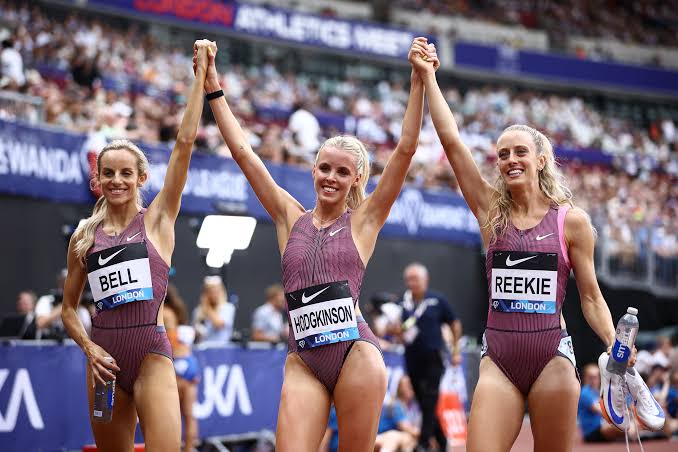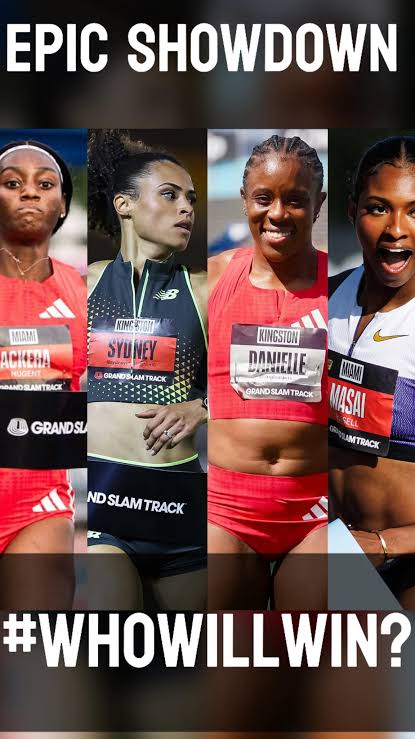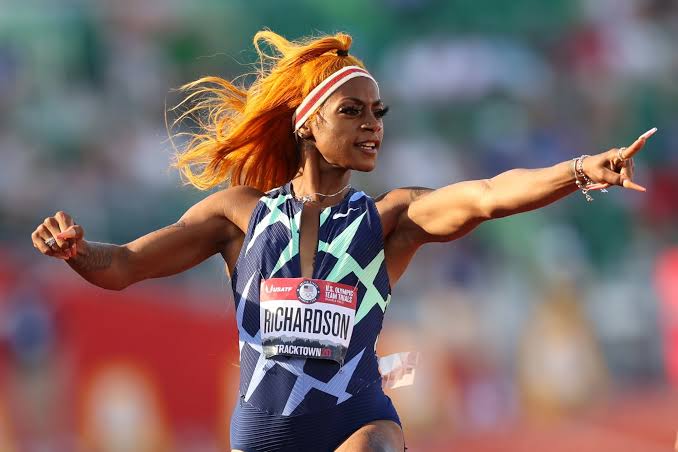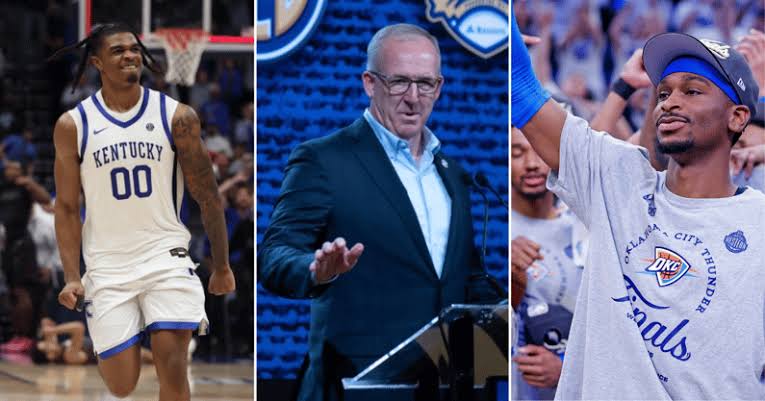The sold-out success of the recent Diamond League meeting has ignited renewed calls for the host city to consider a bid for the 2029 World Athletics Championships.
Thousands of enthusiastic fans packed the stadium, generating an electric atmosphere that both athletes and organizers hailed as one of the best in recent memory. The turnout has prompted key figures in athletics to argue that the city is not only ready—but ideally positioned—to host the world’s premier track and field event.
The Diamond League meet, known for attracting some of the biggest names in global athletics, witnessed a record crowd that exceeded expectations.
Tickets sold out weeks in advance, a rarity in an era when many track events struggle to fill seats. Spectators were treated to thrilling performances, with world leads and personal bests falling across various disciplines. The crowd’s energy seemed to fuel the athletes, creating a feedback loop of excitement that highlighted the event’s success.
Athletes and coaches were quick to praise the event’s organization and the support from the local community. Olympic champion and Diamond League regular Jakob Ingebrigtsen called the atmosphere “electric” and said it reminded him of competing in global finals. “It felt like a championship tonight,” he told reporters. “The crowd, the energy, the organization—it was all world-class.”
Local officials, buoyed by the positive feedback and the logistical success of the event, are seriously considering a bid to host the 2029 World Championships.
The city’s mayor remarked in a press conference, “What we saw here tonight was not just a successful sporting event. It was a statement. Our city has the infrastructure, the passion, and the capability to host the very best in global athletics.”
In the wake of the sell-out, several national and international athletics officials echoed those sentiments. World Athletics President Sebastian Coe, who attended the event, said he was impressed by the operational excellence and community engagement. “The Diamond League here set a benchmark,” Coe said. “When you see this level of support and energy, it’s only natural to think about scaling it to a full championship.”
Past World Championships have been awarded to cities with a strong track record of hosting international events, solid infrastructure, and enthusiastic local backing. This city now ticks all those boxes.
The stadium, recently renovated to meet international standards, includes a fast track surface, expanded seating, and modern athlete facilities. The local transportation network efficiently handled the influx of spectators, and hospitality venues across the city reported booming business over the event weekend.
Perhaps most crucially, the emotional connection between the fans and the sport was evident. Social media was flooded with videos and photos from attendees celebrating the event, with many calling it one of the most memorable sporting experiences of their lives.
As discussions around the 2029 World Championships heat up, this Diamond League meet may be remembered as the catalyst. With growing support from athletes, officials, and the public, a formal bid seems increasingly likely. If successful, the 2029 edition could mark a new high point for athletics and reaffirm the city’s place on the global sporting map.









